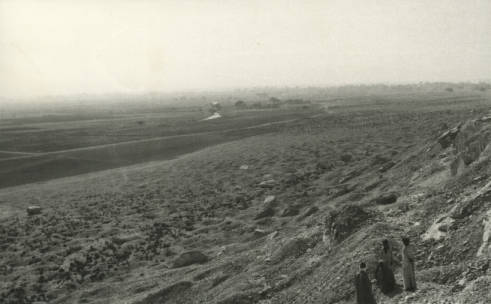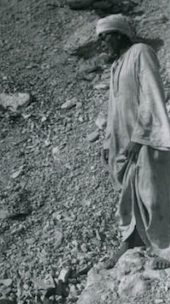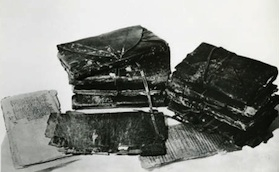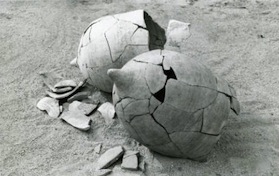



Write down [the things that I] shall [tell] you and of which I shall remind you for the sake of those who will be worthy after you. And you will place this book upon the mountain; and you will call up the guardian, "Come, O Dreadful One."
- Allogenes NHC XI 68, 16-23
(Translation by Antoinette Clark Wire, John D. Turner, and Orval S.
Wintermute)
Muhammad Ali al-Samman discovered the Nag Hammadi Library while digging for nitrogen rich talus at the base of the Jebal al-Tarif, the eastern escarpment of the Nile valley near the Egyptian town of Nag Hammadi. The library contains 12 codices (an early form of book), plus 8 leaves from a thirteenth, for a total of 52 tractates (individual compositions). The tractates are a diverse collection of mostly Christian Gnostic writings, and include eleven compositions of the Sethian sect, two in multiple copies. The books may have been hidden by Sethian monks, threatened by heresy hunters in the late fourth or early fifth centuries. While little was known of them prior to the discovery of the Nag Hammadi Library, they may have been the sect of John the Baptist (see Interpretation). If so, Jesus was also a Sethian brother.